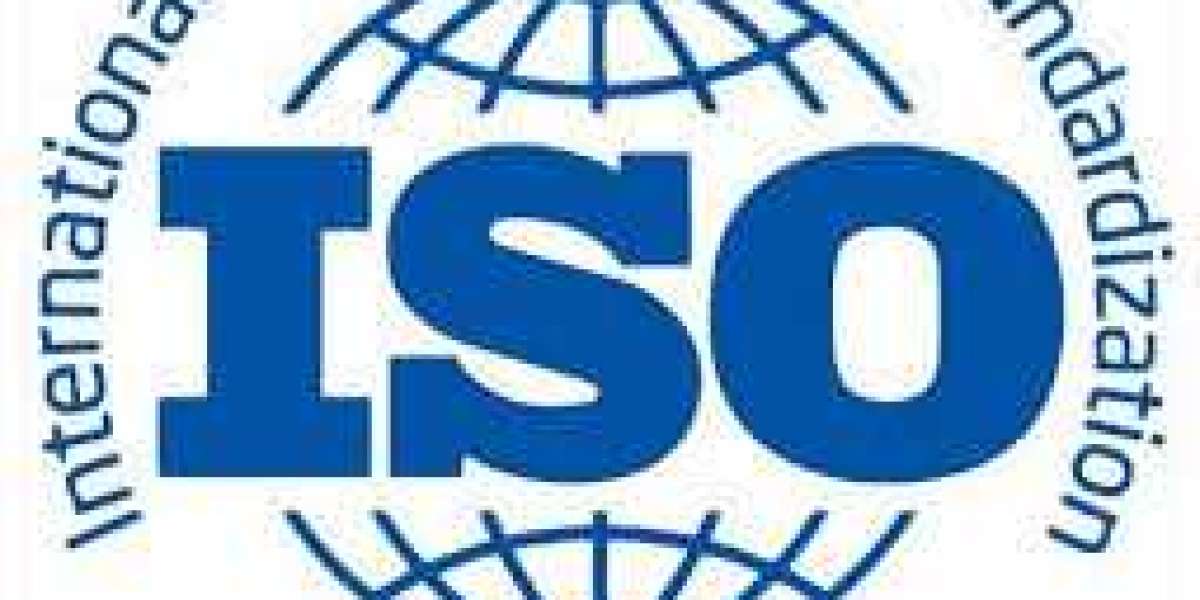For small businesses looking to establish sustainability practices, ISO 14001:2015 can provide a structured approach. However, many entrepreneurs worry about the costs involved. With the right strategies, small businesses can implement ISO 14001:2015 training effectively and gain certification without excessive expenses. This article explores practical ways for small businesses to leverage ISO 14001 Certification to improve environmental performance while managing costs efficiently.
Understanding ISO 14001:2015 Training and Certification
What is ISO 14001:2015?
ISO 14001 2015 training is an internationally recognized standard for Environmental Management Systems (EMS). It provides organizations with guidelines on how to minimize their environmental footprint, comply with legal requirements, and achieve sustainability goals. Small businesses can benefit from ISO 14001:2015 training to understand how to integrate sustainable practices into their daily operations.
Why Small Businesses Should Consider ISO 14001 Certification
ISO 14001 Certification is not just for large corporations. Small businesses can use it to enhance credibility, improve efficiency, and reduce waste. With proper ISO 14001:2015 training, businesses can develop an effective EMS without the need for expensive external consultants.
Cost-Effective Ways to Implement ISO 14001 in Small Businesses
1. Self-Study and Internal Training
Small businesses can invest in cost-effective ISO 14001:2015 training programs that allow employees to learn at their own pace. Many free or affordable online courses provide a thorough understanding of ISO 14001 Certification requirements.
2. Utilizing Government and Industry Support
Many governments and industry associations offer financial support, grants, or free resources to small businesses pursuing ISO 14001 Certification. Researching available support can significantly reduce the cost burden.
3. Leveraging Existing Processes
Rather than creating new systems from scratch, small businesses can integrate ISO 14001 principles into existing operational procedures. This reduces the time and costs required for implementation.
4. Using Digital Tools
Digital solutions such as cloud-based EMS software help small businesses streamline document management, compliance tracking, and reporting, minimizing manual work and associated costs.
5. In-House Certification Management
Instead of hiring expensive consultants, businesses can train an internal employee through ISO 14001:2015 training to oversee implementation and certification, cutting down on outsourcing expenses.
Key Benefits of ISO 14001 for Small Businesses
1. Improved Environmental Performance
By adopting an EMS, small businesses can track and reduce their energy consumption, waste production, and carbon footprint, leading to long-term cost savings.
2. Enhanced Business Reputation
ISO 14001 Certification demonstrates a commitment to sustainability, improving credibility with customers, investors, and regulatory bodies.
3. Legal Compliance and Risk Reduction
Following ISO 14001 standards ensures compliance with environmental laws, reducing the risk of fines and legal issues.
4. Operational Efficiency and Cost Savings
ISO 14001:2015 training helps businesses identify inefficiencies in resource utilization, leading to lower operational costs and better financial performance.
5. Competitive Advantage
With growing consumer demand for sustainable businesses, having ISO 14001 Certification can provide a competitive edge in the market.
Steps to Achieve ISO 14001 Certification on a Budget
Step 1: Conduct a Gap Analysis
Assess current environmental practices against ISO 14001 Certification to identify areas for improvement.
Step 2: Develop an Action Plan
Create a structured plan to implement necessary changes without disrupting daily operations.
Step 3: Train Employees
Invest in ISO 14001:2015 training for staff to ensure they understand their roles in maintaining an effective EMS.
Step 4: Implement Environmental Management Practices
Integrate sustainable practices into business operations, such as waste reduction and energy efficiency measures.
Step 5: Conduct Internal Audits
Regular internal audits help identify gaps before the external certification audit, ensuring compliance at a lower cost.
Step 6: Apply for Certification
Once the EMS is in place, businesses can apply for ISO 14001 Certification through an accredited certification body.
Conclusion
Small businesses can successfully implement ISO 14001 without high costs by utilizing cost-effective training, leveraging existing resources, and taking advantage of government support. With proper ISO 14001:2015 training and strategic planning, businesses can enhance sustainability, reduce costs, and gain a competitive edge in their industry.






